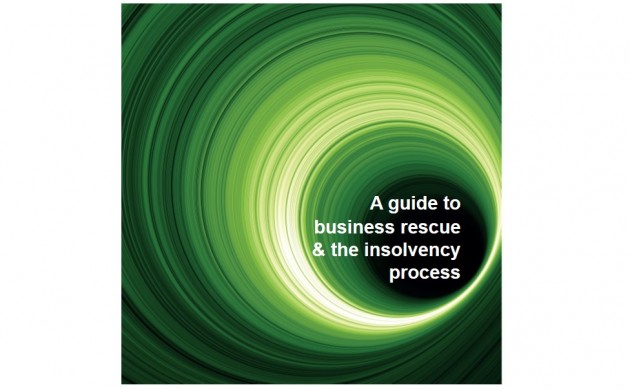Personal Options - Bankruptcy
Bankruptcy is a legal procedure whereby a debtor can have a total write-off of their debts (with some exceptions such as student loans and certain fines).
It is a well-established legal procedure and can be triggered either by a debtor personally (it's now even possible to do it online), or by a creditor if the amount owing is £5,000 or more.
The advantage of bankruptcy is that a definite line is drawn on debts and the debtor can make a fresh start after 1 year (if providing no problems arise and the debtor is discharged from their bankruptcy). It is also now possible for the debtor to continue trading during their bankruptcy.
There are however some downsides such as:
- The family home can be at risk. If a bankrupt owns their own home, either with a mortgage or outright, this will be considered an asset and could be used to repay their debts, depending on how much they owe. However, a trustee in bankruptcy cannot force a sale within 1 year (they have 3 years in which to do so) and if that deadline is missed, the house reverts to the bankrupt. Special rules also apply where a house is in joint names.
- Exess income - if the bankrupt has surplus income or profits above their needs, they may be required to make contributions into the bankruptcy. This is called Income Payments Agreement / Order.
- Investigations - a trustee will also conduct investigations into the conduct of the bankrupt.
- Other assets, such as vehicles, equipment, savings etc are liable to be realised by the trustee but the bankrupt is allowed to retain certain tools, equipment, etc. requried to carry on their work.
- Directorships - a bankrupt will have to resign as a director in a company until discharge occurs.
| Commentary |
|
In bankruptcy, pensions are protected.
In Horton vs Henry (2016) the Court held that the statutory position is that all property vests in a trustee, subject to explicit exceptions. Rights accumulated under pension schemes were ruled to be one such exception and are therefore protected in bankruptcy. However, income which stems from a pension arrangement is not.
Bankruptcies in Northern Ireland are administered by the Insolvency Service in Belfast and have averaged arounbd 1,000 - 1,200 per annum in recent years. However, the year to 31 March 2018 saw an all-time low figure of 812 bankruptcies - this is probably due to the recent increase in the debt limit for filing for bankruptcy from £750 to £5,000.
There has been a considerable increase in trading bankruptcies over the last two years which we believe is reflective of the difficulties facing small retailers and hospitality business. |
Back to: The Options
Back to: Guide to Business Recovery and the Insolvency Process - Overview
Full PDF of the CavanaghKelly Guide to Business Rescue and the Insolvency Process is available to download here.
Whilst every effort has been made by CavanaghKelly to ensure the accuracy of the information here, it cannot be guaranteed and neither CavanaghKelly nor any related entity shall have liability to any person who relies on the information herein. Information given here is for guidance only. Detailed professional advice should be taken before acting on any information contained herein. If having read the guidance here, you would like to discuss further; a member of our team would be pleased to help you.



